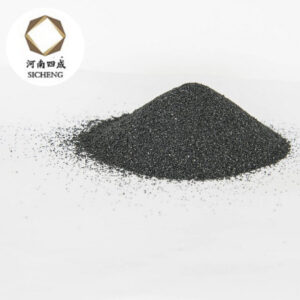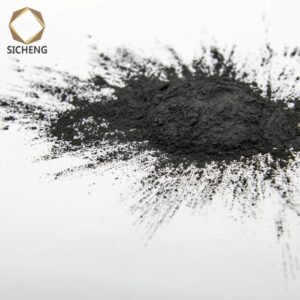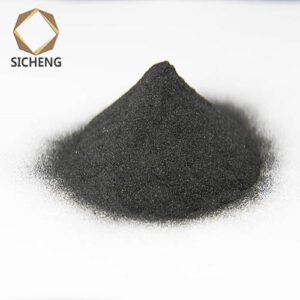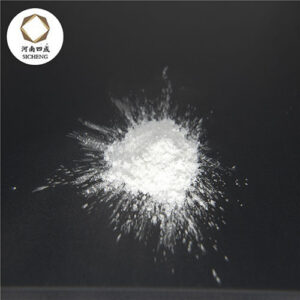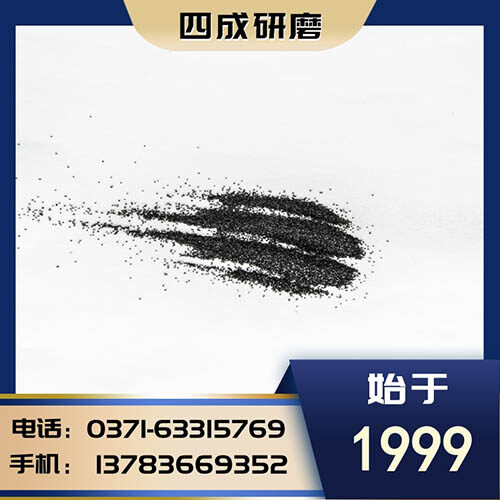Which of black corundum and black silicon carbide has higher hardness and which is more brittle? Let Sicheng Xiaobian analyze it for everyone!
The difference between black corundum and black silicon carbide
The concept of black corundum: black corundum, also known as low-alumina corundum, is a gray-black crystal with α-al2o3 and iron spinel as the main mineral phase, which is produced from bauxite in an electric arc furnace smelted in. It is characterized by low Al2O3 content and a certain amount of Fe2O3 (10%), so it has the characteristics of moderate hardness, high electrical resistance, high temperature resistance, and thermal stability. It is mainly used for free grinding, such as rough grinding, polishing and sandblasting of stainless steel, metal products, optical glass, bamboo and wood products before electroplating, and it is also a new type of abrasive for manufacturing resin grinding wheels, cutting discs and emery cloths.
Black silicon carbide concept: Black silicon carbide is produced by melting quartz sand, stone tar and high-quality silicon dioxide through a resistance furnace at high temperature. The hardness is between corundum and diamond, the mechanical strength is higher than that of corundum, and the performance is brittle and sharp. Black silicon carbide contains about 95% SiC, which has higher resistance than green silicon carbide. It is mainly used for processing materials with low tensile strength, such as glass, ceramics, stone, refractory materials, cast iron and non-ferrous metals, etc.
The difference between black corundum and black silicon carbide
1. The Mohs hardness of black corundum is 9.0-9.1, the Mohs hardness of black silicon carbide is 9.2, and the black silicon carbide is slightly brittle;
2. There is no difference between black corundum and black silicon carbide, which mainly depends on where they are used;
3. Black corundum is not cubic boron nitride, and the molecular formula of cubic boron nitride is BN.

